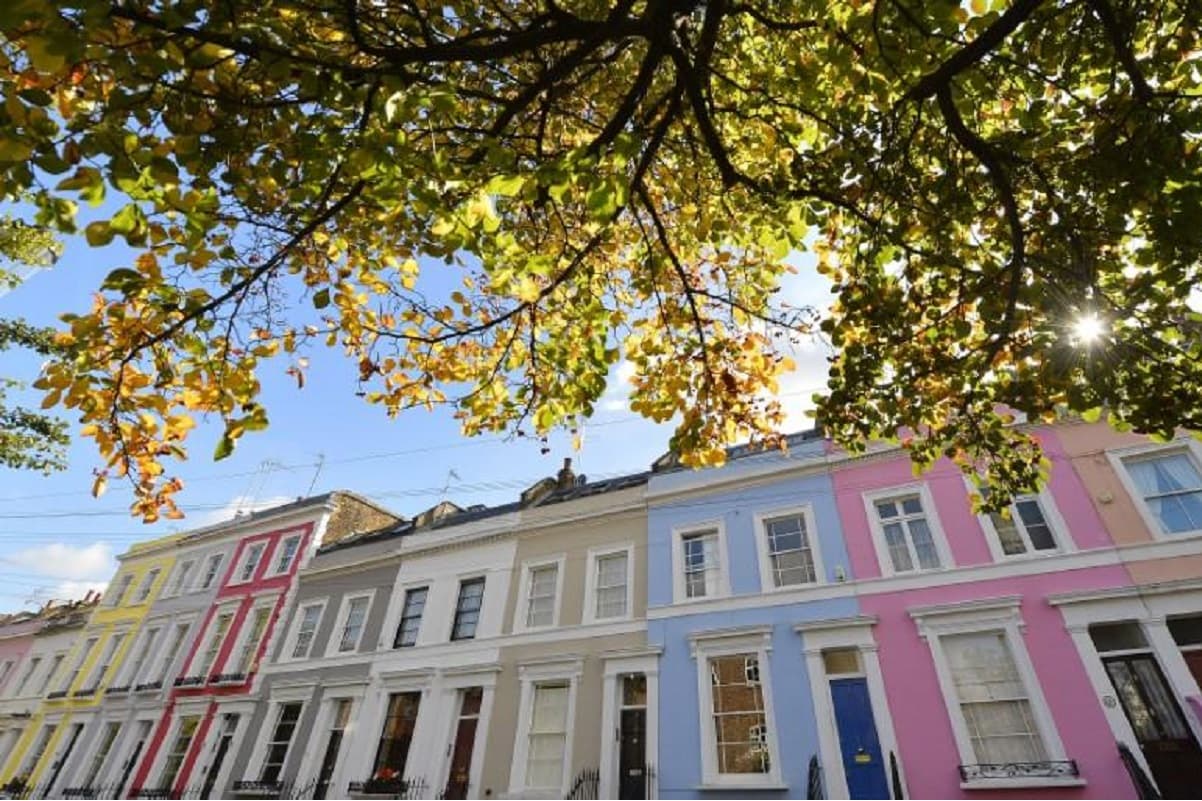
KUALA LUMPUR (Feb 22): The rental market in the UK is expected to normalise when the vaccination programme is rolled out, reversing some of the Covid-specific trends seen in 2020. Ultimately, rental growth will primarily depend on growth in incomes, much as it has done in the past. Given the prospects for the wider economy, however, the rental market is anticipated to remain price sensitive for a period of time, followed by stronger rental growth in 2022, according to Savills UK in its “Mainstream Rental Forecasts” report released on Feb 19.
The pandemic has severely impacted rental values in city centre markets. “Consequently, a number of these markets have seen rental falls during the year, with London decreasing by 6.1% over the 12 months to November 2020.
"In contrast, rents have increased by 2.8% on average across the rest of the country during the same period, which disguises the fact that some of the other major cities have also experienced fall in rental values.
"While smaller cities, towns and suburban areas have seen continued rental growth, rental values in Birmingham, Manchester and Edinburgh have declined by 3.4%, 1.4% and 2% respectively,” it said.
Meanwhile, the pandemic has seen a number of new rental listings on a downward slope for several years, both nationally and in London. “This reflected both a longer average length of residence among tenants and a lack of new stock coming through from the buy-to-let market, given the tax and regulatory pressures faced by private investors. The absorption rate of this stock was steady, with tenant demand increasing, which helped to drive rental growth for London and the rest of the country prior to 2020,” it said.
According to Savills UK, Covid-19 only briefly disrupted the national trend, with absorption bouncing back almost instantly to prevent a build-up of unlet stock and allow continued rental growth. However, the amount of new supply has significantly increased in London, whereby rental affordability has been much less of a driver in London and some other city centres over the course of the past 10 months. Instead, it has been this build-up of excess supply that caused rents to fall in these areas.
Some of the sources of new supply include more short-let stock that has entered the mainstream rental market due to the lack of travel and tourism. In certain sub-markets, completions of new developments partly pre-sold to investors have also added to the level of available rental stock.
"Although applicant demand was strong after the first lockdown of 2020 eased, the build-up of unlet properties was present in specific areas, reflective of demand from certain groups of tenants [who] were particularly affected by the events of 2020.
“This includes one- and two-bedroom flats in urban centres like London, with limited or no outdoor space. That stock is mostly in the hands of private landlords who were keen to retain an income, even if lower than their pre-pandemic expectations,” the report said.
In terms of the outlook of rental demand, Savills UK stated that 2021 is likely to be a year of two halves. On one hand, rising levels of unemployment in the first half of the year and weak income growth will constrain the market. Renters on lower incomes who are more likely to work in the hospitality and retail sectors are more exposed to these economic risks.
“On the other hand, social distancing is expected to phase out, potentially from the second quarter onwards when vaccine deployment gains momentum. This will be crucial to domestic demand returning to the major cities. Working from home, while likely to remain above pre-Covid levels, will reduce and a corresponding rise in demand for city centre living is anticipated.
“It will also be key to the return of international tenant demand. Though extra barriers faced by EU residents looking to work in the UK and the pace of vaccination in other countries may temper this, a return of tourists should allow some stock to return to the short-term let market,” it added.
This means that London is expected to outperform the rest of the country, reversing some of this year’s rental falls. “Although the recovery of supply levels to pre-Covid levels is present in some London markets, there is still an oversupply of unlet properties due to changing tenant preferences. As it will take time to erode that excess supply in 2021, stronger rental growth is expected in 2022,” it said.
The report also noted that a return to income growth as the main driver behind rents both nationally and in London is expected. “This rental growth is likely to be underpinned by the continued divestment of buy-to-let landlords, especially among those most recently affected by non-payment of rent or extended void period. This will leave an opportunity for Build to Rent (BtR) to step in, make up the shortfall in supply and benefit from the longer term, less volatile, rental growth prospects.”

